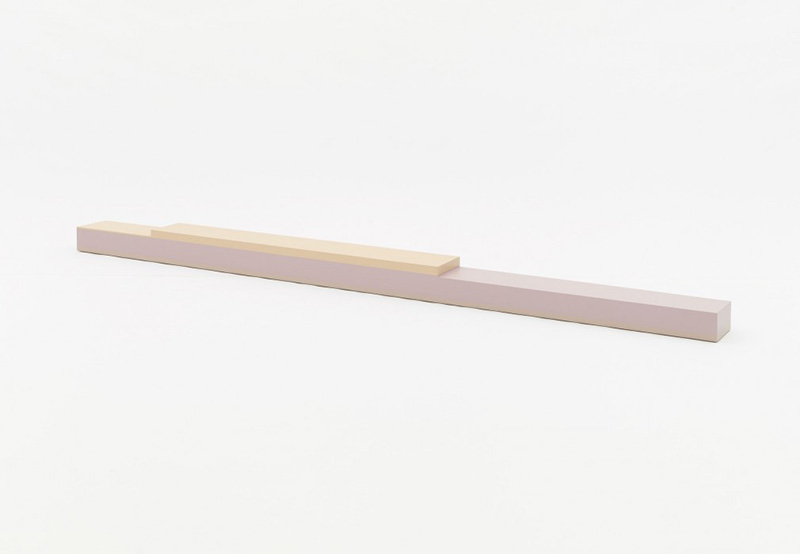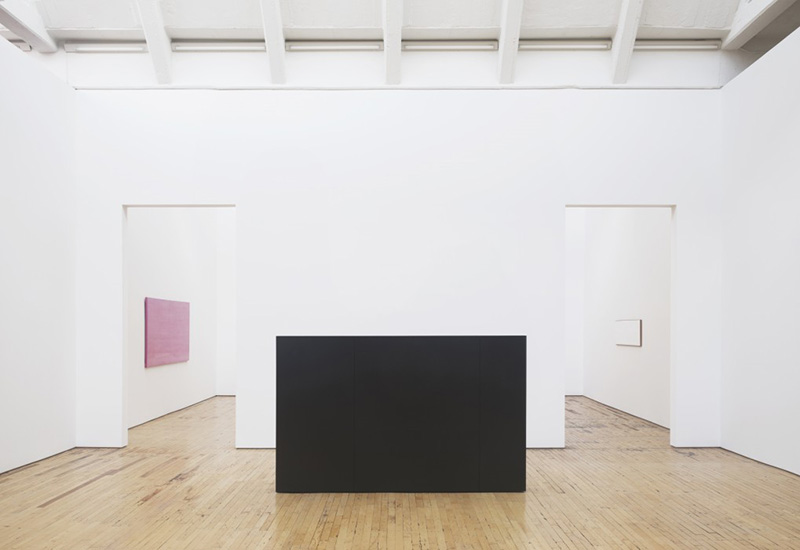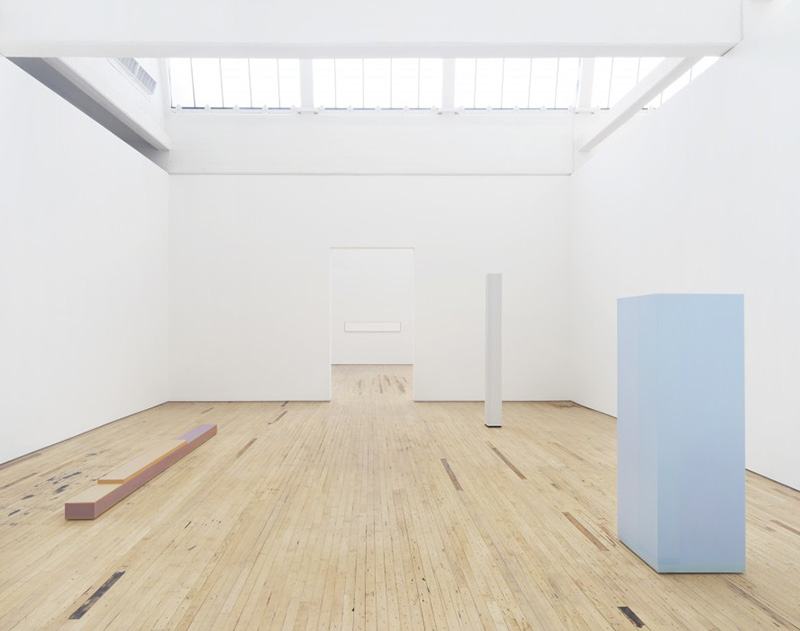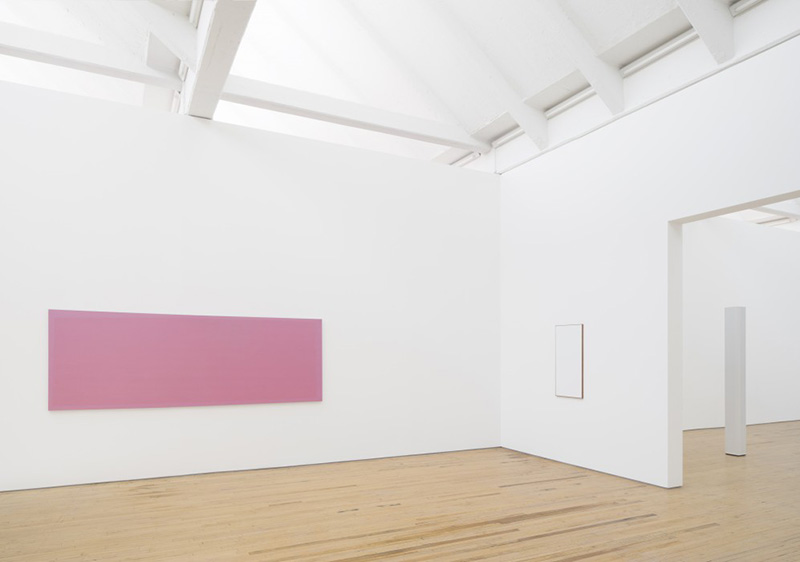ART-PRESENTATION:Anne Truitt
 Anne Truitt one of the most original and important sculptors of the postwar era, she was associated with Minimalism and the Washington Color Field, she created simple geometric constructions fabricated in wood that she would paint in multiple layers to create abstract compositions of subtle color in three dimensions. Truitt describes in “Daybook” (1982) her realization of color ”Having meaning not only in counterpoint… but also in itself, as holding meaning all on its own”.
Anne Truitt one of the most original and important sculptors of the postwar era, she was associated with Minimalism and the Washington Color Field, she created simple geometric constructions fabricated in wood that she would paint in multiple layers to create abstract compositions of subtle color in three dimensions. Truitt describes in “Daybook” (1982) her realization of color ”Having meaning not only in counterpoint… but also in itself, as holding meaning all on its own”.
By Dimitris Lempesis
Photo: Dia Art Foundation Archive
Five sculptures and one painting by Anne Truitt acquired by Dia Art Foundation and are on long term presentation at Dia:Beacon. This group of works represents how Truitt’s practice introduced the serial syntax and bodily scale of Minimalism. “White: One” (1962), a tall, thin column that rests on a simple wooden base, is the first in a series of white works of increasing number that allude to the artist’s hometown in Easton, Maryland, and introduce the singular column as a recurring form within her work. Both “Pith” (1969) and “Landfall” (1970) are exemplary instances of her investigations of columnar shape. A second iconic early work, “North” (1963), is an imposing wall painted in varying shades of deep, dark greens, reflecting Truitt’s concurrent interest in architecture and lateral expansion. Throughout the ‘70s, Truitt turned to increasingly soft colors, including pastels stereotypically gendered as feminine, in a provocative rejection of the sober hues of her early work and many of her Minimalist peers. For example, lush peaches and mauves adorn “Grant” (1974), one of only four large, horizontal, floor-based objects that Truitt produced. Another example is the painting “Echo” (1973) that consists of an enveloping field of pinks. Also Dia presents a selection of paintings from her “Arundel” series, completed during the ‘70s, on long-term loan from the artist’s estate. Anne Truitt was born in Baltimore. She spent her childhood in Easton on the Eastern Shore of Maryland, and in 1943 she graduated B.A. degree in psychology from Bryn Mawr College. Truitt worked as a Red Cross nurse’s aide at Massachusetts General Hospital until the end of World War II, serving in the wards at night after working as a research assistant in the hospital’s psychiatric laboratory during the day. Truitt married James McConnell Truitt in 1947 and moved from Boston to Washington, D.C., where he worked in the State Department. In 1948 James Truitt left the State Department and began a career in journalism,s ubsequently the Truitts moved around the United States. In 1949 Truitt studied sculpture for one academic year at the Institute of Contemporary Art in Washington, D.C., followed by three months at the Dallas Museum of Fine Art. Following this formal training, she experimented with various media and techniques, including clay, cast cement and plaster, and steel welding. In 1961 Truitt began to work in the style for which she later became known, painting multiple delicate layers of color characterized by subtle variations onto wooden constructions fabricated in accordance with scale drawings. Writing in April 1965, Truitt stated: “What is important to me is not geometrical shape per se, or color per se, but to make a relationship between shape and color which feels to me like my experience. To make what feels to me like reality”. She had her first show at the André Emmerich Gallery in New York in 1963. Critic Clement Greenberg deemed her a forerunner of the Minimalist movement. But while Minimalist artists sought to purge their work of meaning and strip their work down to its most fundamental features, Truitt tried to fill her work with meaning and trigger emotional associations in viewers. Together, the five sculptures and paintings trace the evolution of Truitt’s art from her earliest experiments with geometric shape to her increasingly spatial deployment of form and color in horizontal and vertical formats.
Info: Dia Art Foundation, 3 Beekman Street, Beacon, New York, Opening 5/5/17, Days & Hours: Mon & Thu-Sun 11:00-18:00, www.diaart.org



